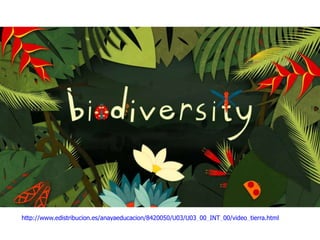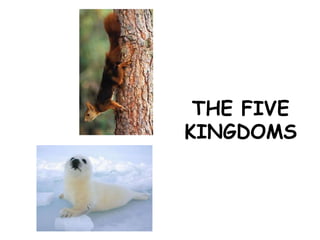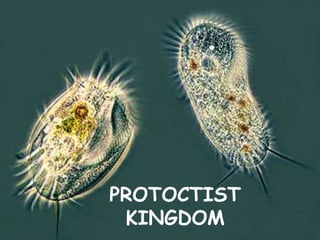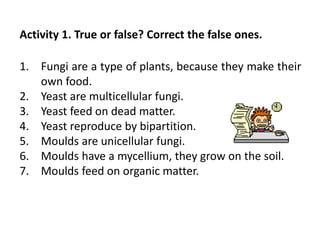- Biodiversity refers to the variety of living things on Earth. Species evolve over time, with some going extinct and new species emerging.
- Scientists classify living things into five kingdoms based on their cells, number of cells, and how they obtain nutrition. The kingdoms are Monera, Protoctista, Fungi, Plantae, and Animalia.
- The Monera kingdom contains unicellular prokaryotic organisms like bacteria. The Protoctista kingdom includes unicellular and multicellular eukaryotes like algae and protozoa that lack tissues. Fungi are eukaryotic and may be unicellular or multicellular, feeding as heterotroph











































